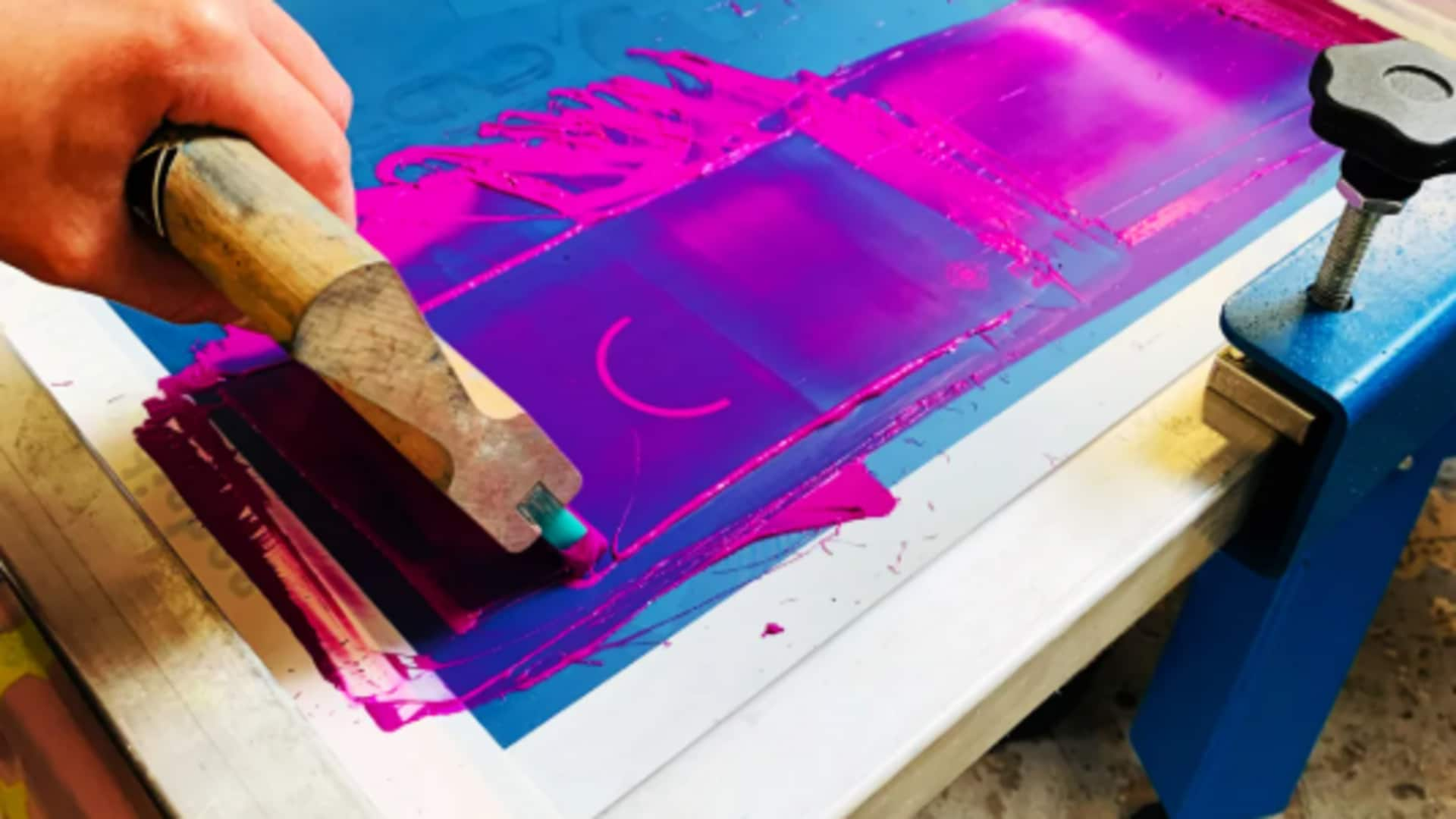
Screen printing 101: Bringing color and life to your designs
What's the story
Silkscreen printing is a widely used technique for producing vibrant and long-lasting designs on various materials. This method involves pushing ink through a mesh screen onto the chosen surface, resulting in intricate patterns and bold colors. Notably versatile, silkscreen printing is suitable for textiles, paper, wood, and more. Its capacity for high-quality, professional-grade prints makes it a popular choice for artists and businesses alike.
Methodology
The process of silkscreen printing
The process of silkscreen printing starts with making a stencil on a fine mesh screen. Ink is then forced through the screen with a squeegee onto the material underneath. Each color in the design needs a separate screen, which makes it perfect for multi-colored prints. This method gives you a lot of control over how much ink is applied, leading to crisp and bright images.
Components
Materials used in silkscreen printing
The key ingredients for silkscreen printing are the screens made of polyester or nylon mesh, and the inks, which are divided into water-based and plastisol-based. Squeegees are used to apply pressure during printing, allowing for even ink distribution and ensuring the ink bonds well with the substrate. All these elements together ensure the creation of vibrant, durable prints on a wide range of materials.
Benefits
Advantages of silkscreen printing
Silkscreen printing has multiple benefits. For starters, the prints are super durable - they won't fade easily even after lots of washes and sun exposure. You can also get really vibrant colors and intricate designs, Plus, it's super affordable for big print runs because it's really efficient once everything is set up.
Suggestions
Tips for successful silkscreen printing
For the best results with silkscreen printing, always align your screens correctly when using multiple colors. This will prevent colors from overlapping incorrectly. Use high-quality inks designed for your specific substrate. This will improve both the longevity and the look of the print. Clean your screens thoroughly after each use. Clogged screens can degrade the quality of your prints over time.